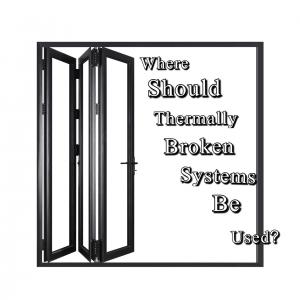5 Key Signs It's Time to Replace Your Home's Siding
Living in a region with challenging weather conditions can take a toll on your home's exterior, particularly the siding. Recognizing when it's time for a replacement is crucial for maintaining your home's protection, energy efficiency, and aesthetic appeal. Delaying necessary siding replacement can lead to expensive damages down the line. Let's explore the top five indicators that suggest it might be time to invest in new siding. Don't hesitate to seek professional advice to ensure your home remains well-protected and visually appealing!
1. Visible Damage and Deterioration
The most obvious sign that your siding needs replacement is noticeable damage and deterioration. During your regular home inspections, look out for:
- Cracks and Perforations: Even minor cracks or holes in your siding can allow moisture to penetrate, potentially causing more extensive damage.
- Decay or Distortion: Siding that shows signs of rot or warping not only detracts from your home's appearance but also compromises its protective function.
- Color Fading: Significantly faded siding may indicate prolonged exposure to the elements and aging.
If you observe any of these issues, it's advisable to consult with a siding professional promptly to prevent further damage to your home's structure.
2. Rising Energy Costs
Have you noticed an unexpected increase in your energy bills? Your siding could be the culprit. Damaged or outdated siding can compromise your home's insulation, resulting in energy inefficiency. Consequently, your heating and cooling systems may need to work harder to maintain a comfortable indoor climate, leading to higher energy consumption and costs.
3. Mold and Mildew Proliferation
Mold and mildew flourish in damp environments, and compromised siding can trap moisture, creating ideal conditions for their growth. Beyond being unsightly, this can pose health risks to your household. The presence of mold or mildew on your siding is a clear signal that it's time to consider replacement.
4. Peeling Paint and Excessive Wear
Peeling paint and severe wear are strong indicators that your siding has reached the end of its effective lifespan. While a fresh coat of paint might offer a temporary cosmetic improvement, it won't address the underlying structural issues. For a long-term solution, investing in new siding is often the most cost-effective approach.
5. High Maintenance Demands
If you find yourself frequently repainting, re-caulking, or repairing your current siding, it may be time to explore more durable and low-maintenance alternatives. Contemporary siding materials are engineered to withstand environmental challenges with minimal upkeep, potentially saving you time and money in the long run.
By staying attentive to these signs, you can make informed decisions about when to replace your home's siding, ensuring continued protection and enhancing your property's value and appearance.







